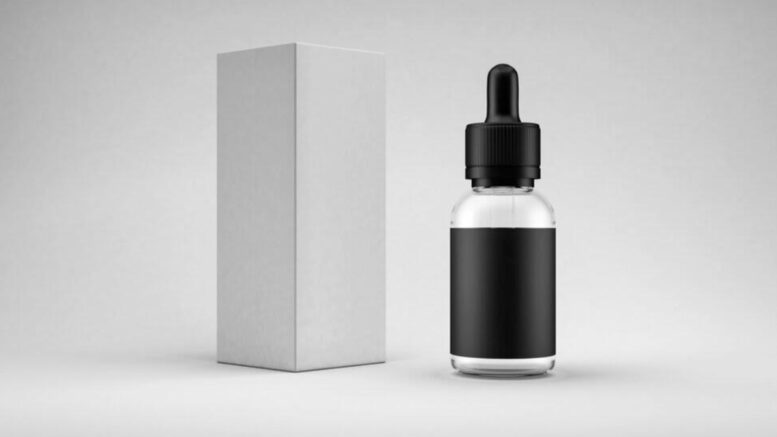Ketamine is most commonly known for its use in veterinary medicine as a horse tranquillizer. But most people are unaware that ketamine can also be beneficial for humans – and not in a recreational sense, but for medical purposes!
Ketamine is used in medicine to treat patients with a range of conditions. It’s particular, this class III scheduled drug is used as an anesthetic to relax the body and relieve pain.
In controlled medical settings, ketamine is a safe drug. It has very few side effects when the correct doses are prescribed for the health condition it is being used to treat. However, when the dosage exceeds a therapeutic level, ketamine can result in negative adverse effects.
There are a range of conditions that may benefit from ketamine treatment. Treatments are available in ketamine clinics, where qualified healthcare professionals can administer therapeutic doses of the drug and closely monitor your responses.
You can find a guide to selecting a ketamine clinic online if you’re unsure how to find the right facility for your needs.
Ketamine is medically referred to as a dissociative anesthetic. It makes you feel detached from your surroundings and less sensitive to your environmental stimuli. It can leave you feeling like you’re floating or having an ‘out of body’ experience.
What is Ketamine Being Used For in Medicine?
Ketamine is often used prior to surgery as an anesthetic. Doctors will either administer the drug into the muscle (intramuscular) or veins (intravenously).
In particular, ketamine is ideal for use before orthopedic procedures, skin grafts, cardiac catherization, and central procedures.
Ketamine has also been used to help control seizures in those with epilepsy. This is usually a last resort after other medications have been ineffective for the patient being treated.
Exciting new research is emerging around the benefits of ketamine for the treatment of mental health conditions. It has been used as part of therapy for those with depression, anxiety, addiction, and post-traumatic stress disorder (PTSD).
There are two main forms of ketamine that are used to treat mental health disorders. They are often used alongside other therapies or after other treatment methods have proven to be ineffective. The two main types of ketamine are:
- Racemic (intravenous) ketamine – often given as an infusion into the bloodstream. It is most commonly used as anesthetic but is also used for depression.
- Esketamine (Spravato) – this type of ketamine is administered as a nasal spray.
Each type of ketamine works slightly differently in the brain and may have different side effects depending on the person.
What Are The Potential Risks of Using Ketamine?
As with any drug, ketamine doesn’t come without its potential risks. This is why it’s essential that ketamine is taken under medical supervision.
Usually, the adverse effects of ketamine are only experienced when the dosage is too high. Some of the most common side effects include:
- Nausea and vomiting
- Dizziness
- Involuntary muscle contractions
- Slurred speech and changes in vision
- Dissociation from the body
- Agitation or changes in mood
- Changes in appetite
- Hallucinations or delirium
- Drowsiness and fatigue
- Slow heart rate
